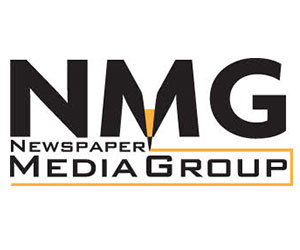
The Evesham Township School District has only just begun the formal process of preparing the 2016–2017 budget, and already Superintendent John Scavelli Jr. believes the use of banked cap will be necessary to balance expenses.
Scavelli made the announcement at the most recent meeting of the ETSD Board of Education, during which he gave a report on the ongoing planning process for the 2016–2017 budget.
Banked cap is the state mandated rule under which school districts may only increase their local tax levy by 2 percent per year, unless they were under that cap within the previous three years.
For any year a district is under that 2 percent cap, the remaining difference gets “banked” and the district can raise its levy in a future year over the 2 percent cap by an amount equal to the amount it has banked.
Any amount banked by a district in a given year expires after three years.
Scavelli said he believes the use of banked cap will be necessary to replace the loss of increased revenue from the state’s 2011 Pension and Health Benefits Reform, part of which required school employees to pay a portion of their health insurance costs.
The employee contribution had a four year phase-in period, where at first employees paid a smaller amount of the contribution requirement and then that percent was increased an equal amount in the next three years, until in the fourth year when the employee pays the entire contribution.
According to Scavelli, the district is virtually 100 percent phased in and it will not realize the benefit of the increased revenue from one phase to the next as it has for the past three years.
Scavelli described the impact as “significant,” since the increase of revenue for just the current year was projected at $700,000, and that will need to be replaced with another source of revenue in 2016–2017.
“What has helped us over these last three years is Chapter 78, because it did bring in increased revenue to the district as it was phased in. Each year we saw the benefit of additional revenue coming into the district to help offset expenses, and that’s one of the ways that we were able to stay below and not have to actually use and stay under the cap in most cases,” Scavelli said.
Scavelli said the district has gone up to the 2 percent cap levy just two times in six years, and has never used any of its banked cap since the rules governing the 2 percent tax levy cap and banked cap came into effect six years ago.
However, now, with such a significant amount of money that has to be made up, Scavelli said for the upcoming school year, it would be essential to consider using banked cap.
“All school districts coming out of phase four will be facing this situation in the upcoming year, so we’re not alone,” Scavelli said.
Scavelli also pointed out that in addition to the $700,000 that will need to be made up, the district will still have to deal with the natural year-to-year increases for employee salaries and benefits.
Scavelli noted the district’s general fund expenditures continue to mainly stem from staff salaries and benefits, which account for approximately 84 percent of the district’s spending.
“Every year is the same thing because of the tax levy cap wall. Every year you have the same challenges and issues,” Scavelli said.
According to Scavelli, the district’s annual community budget meeting, where it will outline the tentative budget and take input from the public, is still planned for early February as in years past.


